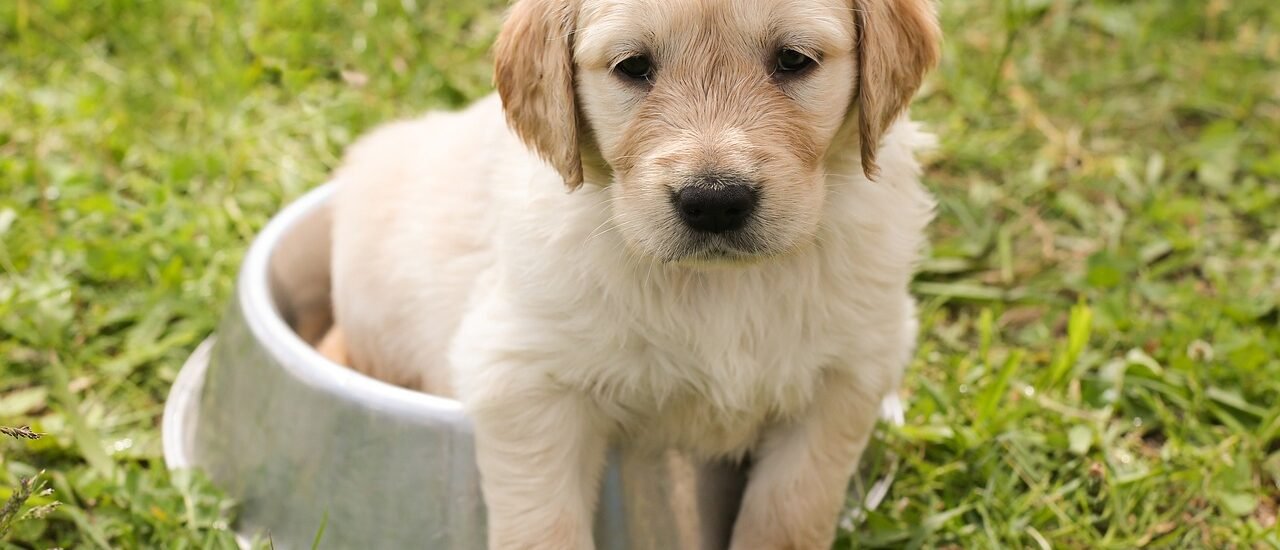Feeding a puppy can be a delightful yet challenging task. As a new pet parent, you want to ensure your furry friend gets the right nutrition to grow healthy and strong. One of the most common questions is: how many times should you feed a puppy? Let’s dive into the details and provide a clear, easy-to-follow feeding schedule for your puppy.
Understanding Puppy Nutritional Needs
Puppies have different nutritional needs compared to adult dogs. They require more calories, protein, and essential nutrients to support their rapid growth and development. Because of their small stomachs, puppies need to eat smaller, more frequent meals throughout the day.
General Feeding Schedule by Age
- Under 8 Weeks Old: Puppies should still be nursing from their mother. If they are orphaned or the mother cannot nurse, a specialized puppy formula should be used. Consult your veterinarian for the best feeding schedule and amounts.
- 8 to 12 Weeks Old: At this stage, puppies are typically weaned from their mother’s milk and should be introduced to solid food. Feed your puppy four times a day. Small, frequent meals help manage their blood sugar levels and provide consistent energy.
- 3 to 6 Months Old: As your puppy grows, you can reduce the number of feedings to three times a day. They are still growing rapidly and need frequent meals, but their stomachs are now better able to handle larger portions.
- 6 to 12 Months Old: Most puppies can transition to two meals a day during this period. Smaller breeds may continue on three meals a day, as they have faster metabolisms. Large breed puppies may need to continue with three meals a day to prevent rapid growth, which can lead to joint issues.
- Over 12 Months Old: By the time your puppy reaches their first birthday, they can usually be fed twice a day, which is the typical feeding schedule for adult dogs. Some dogs may still benefit from three smaller meals a day, especially if they have digestive issues or are prone to obesity.
Tips for Feeding Your Puppy
- Quality Food: Choose high-quality puppy food that meets the nutritional standards set by organizations like the Association of American Feed Control Officials (AAFCO). Look for food specifically formulated for puppies to ensure they get the right balance of nutrients.
- Portion Control: Follow the feeding guidelines on the puppy food packaging, but adjust based on your puppy’s individual needs. Your vet can provide specific recommendations based on your puppy’s breed, size, and activity level.
- Consistent Schedule: Establish a regular feeding schedule to help your puppy develop a routine. Consistency helps with house training and ensures they get the right amount of food each day.
- Monitor Weight: Regularly check your puppy’s weight and body condition. Adjust food portions as needed to maintain a healthy weight. Overfeeding can lead to obesity, while underfeeding can stunt growth.
- Fresh Water: Always provide fresh, clean water. Puppies need plenty of water to stay hydrated, especially when they are active.
Recognizing Hunger and Fullness
Puppies are usually good at regulating their food intake, but it’s essential to watch for signs of hunger and fullness. If your puppy is consistently leaving food in their bowl, you might be offering too much. Conversely, if they seem ravenous and are begging for more food, you might need to increase their portion sizes or add an extra meal.
Final Thoughts
Feeding your puppy the right amount at the right times is crucial for their health and development. By following these guidelines and working closely with your veterinarian, you can ensure your puppy grows into a healthy and happy adult dog. Remember, every puppy is unique, so adjustments may be necessary based on their individual needs and growth patterns. With proper nutrition and care, your puppy will thrive and bring joy to your home for years to come.




